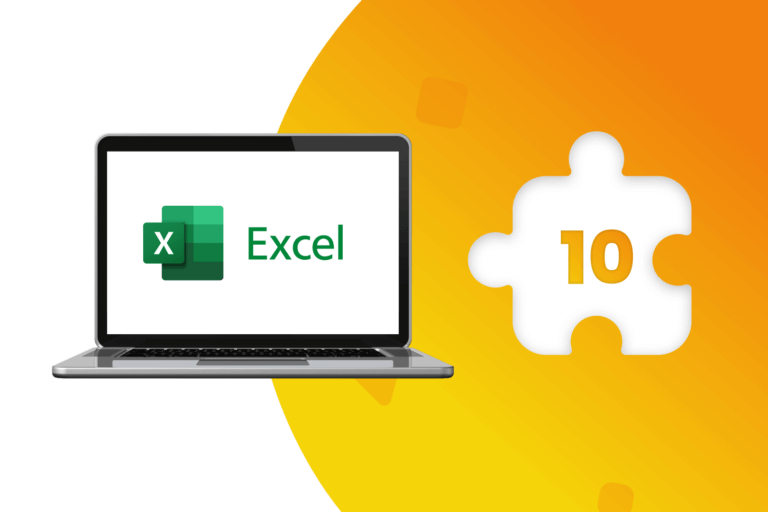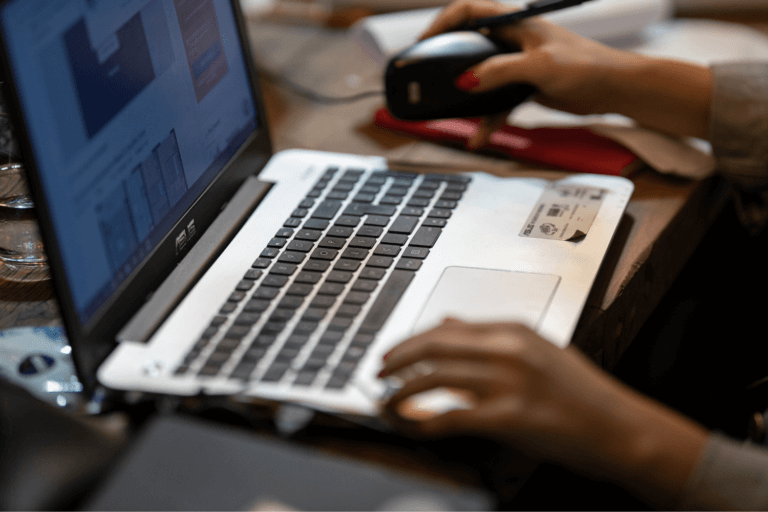The long periods of quarantine and forced confinement, prompted the exponential development of the post-pandemic technological impact and various solutions that facilitate work and daily activities. A consolidated phenomenon in strategic sectors such as health, commerce and the food industry, which also promises new and spectacular advances in the short term.
One of the most obvious positive effects of the Digital Transformation was its high-speed adaptation to the pandemic scenario, positioning itself as a vital support element for the daily activities of the population.
This allowed citizens, in general, to face with better prospects the successive quarantine and confinement scenarios that lasted, with different degrees of severity, for almost a year and a half throughout the world. Both to carry out their daily work tasks, as well as other activities that previously could only be done in person.
Although not all sectors were able to advance with the same degree of agility or efficiency, especially within the state public services, there were spectacular results of the post-pandemic technological impact in other equally or more critical segments, such as health, entertainment and commerce.
Telemedicine: consolidated model
One of the most striking things from the post-pandemic technological impact advances is telemedicine or distance medicine. Before the COVID scenario, it was practically unimaginable for a doctor to see his patients via an internet call.
Today, on the other hand, almost all private health establishments (and many others in the public area in developed countries) have a large agenda of professionals from different specialties, who make inquiries through online communication platforms such as Zoom, Google Meet, Microsoft Teams or even WhatsApp, among other options.
Evolution that, in the opinion of the experts, will be more and more sustained, because as the implementation of the new 5G networks becomes widespread, it will even be possible to offer “virtual imaging” services, so that patients do not have to attend in person in order to make tests such as ultrasounds, x-rays and scans.
It is also possible to see the appearance of new applications that today allow clinics and medical centers to share a “virtual file” of each patient. This not only makes it possible to eliminate the traditional and tedious paper forms, but also to speed up the care of people in the various healthcare facilities, including emergency services.
In this way, the medical professional, nurse or paramedic on duty will be able to access an electronic form on their personal computer or mobile device that will have all the updated clinical history of the patient, including previous diagnoses, comorbidities and risk factors associated with their condition, among other variables.
Another concrete example of how technology today combines the use of Big Data with medical control parameters, to facilitate the movement of people, is the so-called “Mobility Pass”.
This electronic document, generated through a web platform of the Ministry of Health of Chile, allows its bearers to demonstrate, by means of a unique and non-transferable QR code generated by the Internet, that they have already completed their SARS COV 2 vaccination scheme.
By means like that, we can access the benefits derived from the gradual opening of borders in Latin America, as well as participate in a greater number of activities in closed spaces such as gyms, restaurants, social gathering centers and sports venues.
In Argentina, meanwhile, also at the public level, it is possible to download the “Cuidar” application on any mobile device, which allows reporting on any suspicious symptoms of COVID, transmitting the location of the person in real time. This solution allows providing greater traceability of possible positive cases of the disease within the Argentinian national territory, both for its citizens, and tourists or business travelers.
Also, in Argentina, the OSDE health service network enabled the “OSDE Mobile” service, which consists of a web application or an app that can be downloaded free of charge to a personal portable device. This allows the associate to contact by telephone with medical professionals of different specialties, complete electronic forms to evaluate symptoms of specific diseases, and create regional or international travel certificates, among other valuable tools for online interaction.
The era of virtual gastronomy
The gastronomic sector was one of the hardest hit by the quarantines and forced confinements, due to the fact that numerous restaurants had to close and lay off staff. However, the digital transformation allowed others to adapt to the post-pandemic technological impact, thanks to the rise of home delivery.
In this way, both the large fast-food chains and the more sophisticated establishments began to partner with well-known last-mile applications, or with more recent ventures, to bring their preparations directly to the homes of consumers.
However, once the gradual opening of sanitary restrictions allowed the gradual opening and increase of capacity in physical premises, it was also possible to see how technology left its lasting mark on the sector.
For example, the use of traditional printed menus was replaced by “electronic charts” with QR codes located directly on each table. These can be scanned from any phone or mobile device to directly access the preparations of each partner establishment.
An advance that not only streamlines the service process, since it is no longer necessary to wait for the waiters to place an order, but also reinforces the health protection of the diners, since they no longer use paper that has previously circulated through many hands.
The operation of this technology is quite simple, since the QR code menus allow, through a quick scan with the mobile phone or tablet, to digitally access the specialties of a restaurant, bar or pub. And although a large number of devices can read the code without having to download an app, there is also an extensive offer of applications globally, to serve this specific market.
Innovation that will also allow, in the short term, to reduce waiting times inside the restaurants, bar o pubs premises, since the customer will not only be able to choose with his mobile device which food and beverages to consume, but also to pay them instantly, and request that they be sent immediately to the table.
The rise of e-commerce
But perhaps one of the sectors where the post-pandemic technological impact was stronger was commerce, thanks to the massification of multiple platforms and applications for making online purchases, which had a sudden boom during the months of quarantine and forced confinement of the population.
This exponential development was first evident with the services that offer retail purchases or delivery of prepared foods, such as Rappi, Cornershop and Uber Eats. All of these became indispensable assistants for those citizens who could not do their grocery shopping with total freedom, or who avoided leaving their homes, so as not to have the risk of contagion.
That same logic allowed the development and massification of new electronic purchasing channels in practically the entire chain of purchase and sale of goods, including from large department stores to small entrepreneurs. This is how this sector also strengthened its own logistics networks, or was associated with delivery applications, to meet the needs of the “last mile” and reach as many customers as possible.
This growth today has allowed the consolidation of what is known as “Dark Stores”, or stores without physical sales rooms and that are only dedicated to online commerce. At the same time, it lays the foundations for the development of the new model of “stores without stock”, which in Chile already has a presence in the retail sector.
This new form of virtual interaction, where the customer only goes to a physical location to “see and evaluate” the products they buy online, replicates and perfects the model devised by the IKEA chain in Europe, which, in the opinion of experts, will consolidate as the predominant model of retail trade in the short to medium term.
This evolution will allow, at the same time, that current large shopping centers evolve from their current position as physical sales points, to future spaces more oriented to entertainment and recreation.
Download the DataScope app and start now!
DataScope is the ideal tool to eliminate paper use, save time, and efficiently collect data from the field. It allows companies to streamline, organize and evaluate field work thanks to its online forms, which provide indicators in real time, 100% adaptable to any area.
With DataScope, your team can answer custom mobile forms from their phones or tablets, online or offline, through the app.







